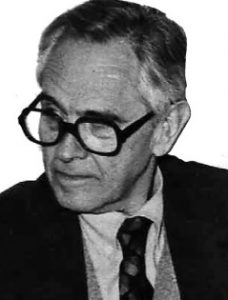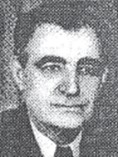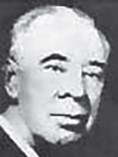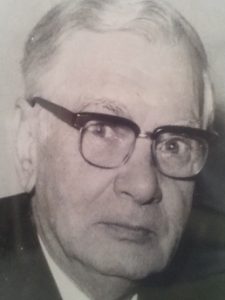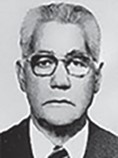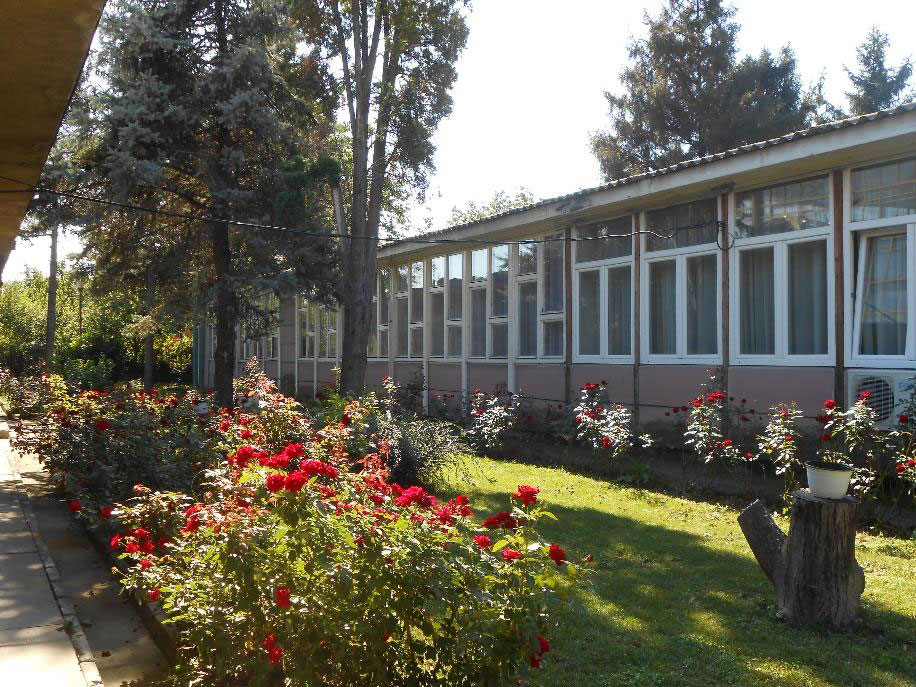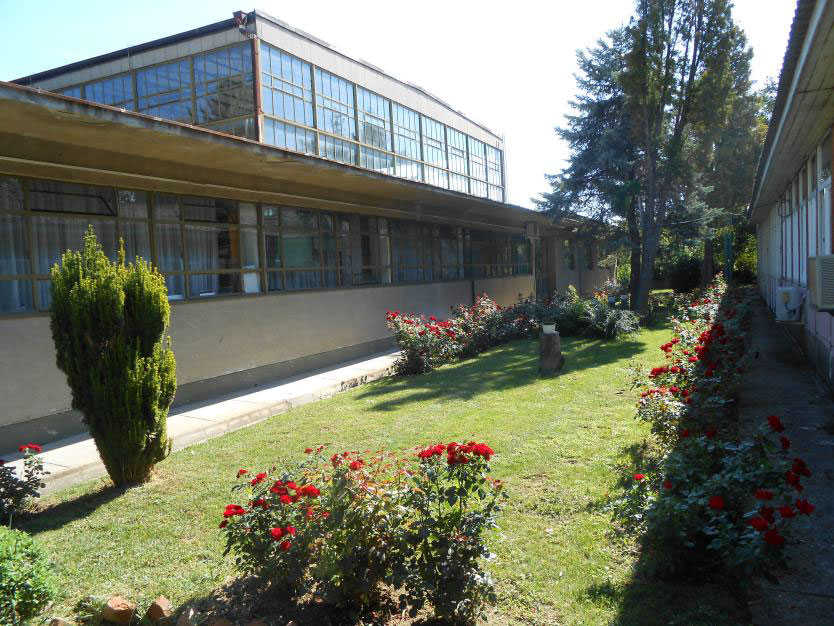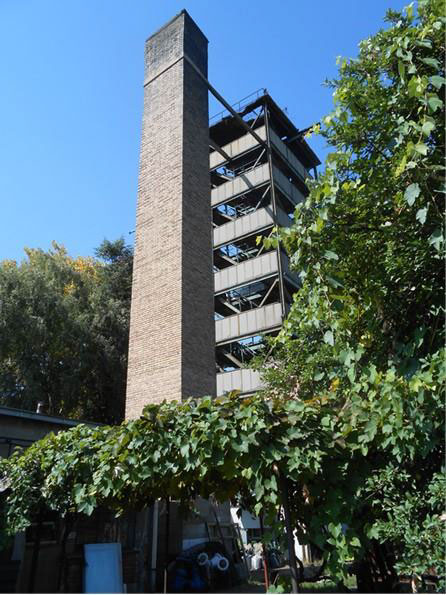Founded fifty years ago at the initiative and using the means of the mining industry, the Mining Institute is scientifically, development-research and in a designing sense, the framework of construction, technical-technological and production ascension of the Yugoslavian and Serbian mining in the second half of the XX century. Through hiring of the top scientific and engineering experts, the Mining Institute has become a sort of an engineering school that provided the best researchers, designers, university professors and bearers of the development of the mineral-ore complex of our nation. The contributions of the Mining Institute are not only the successfully realized scientific, development-research, innovative and industrial projects, but the development and application of new mining technologies, testing, laboratory and measurement methods, new mathematical-model approaches in engineering of mining etc. The scarcity of professional literature in Serbian was quickly compensated by the Institute which had soon after its founding, by becoming the leading Yugoslavian publisher of periodicals and literature in mining, geology, and economy of the mineral industry. The events from the last decade of the past century, the dissolution of Yugoslavia, war, sanctions and bombing, have negatively impacted the industry and all aspects of life in the country and the Mining Institute whose prosperous development had started to stagnate was no exception. Through the determination of the collective, the negative trends were halted in 2004. when the Mining Institute once again enters a period of stable functioning.
At the behest of the mining industry the Mining Institute (MI) was founded on 14. July 1960, through act IV, num. 452, of the Executive council of the National Assembly of the Republic of Serbia. The founding act was preceded by the initiative of the mining-energy combines Kolubara, Kostolac and Kosovo which had through financial investments become the founders of the MI. This action was joined by the mining-smelting basin of Bor, the mining-metallurgical combine of Trepča, middle Bosnian coal mines of Zenica, coal mine Aleksinac, antimony mine Zajača, the coal mines of Resavica, lead and zinc mines Šuplja Stijena, coal mine Kamengrad and coal mine Bogovina. The gathered financial means have served as participation for bank credits for the construction of the Institute building, testing halls, laboratories, procurement of the equipment and literature. Laboratories for semi industrial tests of the preparation of mineral ores, geomechanics, solid fuels, environmental preservation and thermal technical measurements, and a library with more than ten thousand titles were built.
The Institute had in a short period become a reputable scientific, research and designing institution of a national and greater significance. By acquisition of the Institute of coal in the end of 1960. the MI had 54 associates. Because of the sudden rise in requirements and a big technical-technological rise in the mining industry, several years later the Institute had hired over 350 engineers of mining, geology, machinery, electro-technics, construction and geodesy, chemists, physics-chemists, mathematicians, economists and other highly educated experts. Because of the personnel and material potentials, and a thought out management, the Institute became the leading Yugoslavian and internationally respected school for engineering of mining, a nursery which had raised numerous leading designers, researchers, scientists, university professors and bearers of the most important tasks in the Yugoslavian and Serbian Mining.

